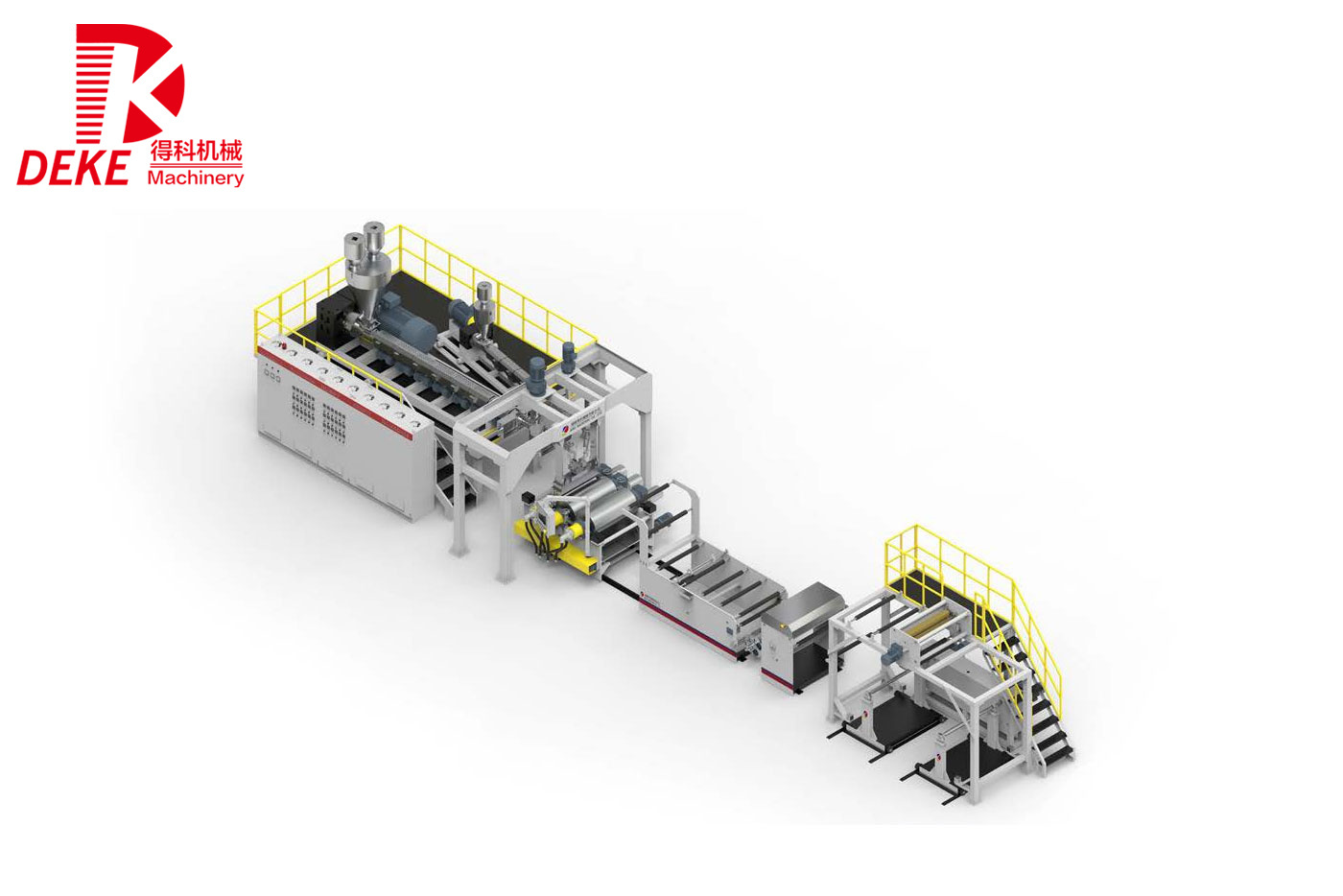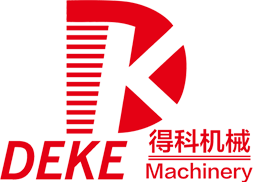How Counter Rotating Twin Screw Extruders Enhance Material Mixing: A Comprehensive Guide
2025-05

How Counter Rotating Twin Screw Extruders Enhance Material Mixing
Introduction to Counter Rotating Twin Screw Extruders
Counter rotating twin screw extruders are a pivotal innovation in the field of manufacturing and processing, particularly in plastic manufacturing. These machines consist of two screws that rotate in opposite directions, allowing for superior mixing, compounding, and extrusion of materials. The unique design of these extruders sets them apart from their single screw counterparts, positioning them as a preferred choice in applications requiring precise material blending and thermal management.
Understanding the Mechanics of Counter Rotating Twin Screw Extruders
Basic Design and Functionality
At its core, a counter rotating twin screw extruder features two intermeshing screws that work seamlessly to transport and mix materials. The screws can be configured with various geometries, such as kneading blocks and conveying elements, to facilitate optimal material flow and interaction. This design allows for more efficient mixing compared to traditional single screw extruders, where material transport and mixing occur in a less controlled manner.
Material Feeding Mechanisms
Material feeding into the extruder is a critical aspect that influences mixing performance. Counter rotating twin screw extruders utilize a variety of feeding mechanisms, including gravimetric feeders, volumetric feeders, and side feeders, to ensure a consistent and uniform supply of raw materials. This precision in feeding not only enhances mixing efficiency but also contributes to the overall quality of the final product.
Benefits of Using Counter Rotating Twin Screw Extruders
Enhanced Material Mixing Efficiency
One of the most significant advantages of counter rotating twin screw extruders is their ability to achieve exceptional mixing efficiency. The opposing rotation of the screws creates a shearing action that promotes thorough dispersion of additives and fillers within the base polymer. This results in a final product that exhibits consistent properties and performance.
Improved Thermal Control
Thermal management is crucial in extrusion processes, particularly when dealing with heat-sensitive materials. Counter rotating twin screw extruders are designed to provide superior temperature control through the incorporation of heated and cooled zones along the barrel. This allows for precise temperature regulation, ensuring that materials are processed at optimal conditions, which can prevent degradation and enhance the overall quality of the extrudate.
Versatility in Applications
Counter rotating twin screw extruders are incredibly versatile and can be utilized in a wide range of applications. From compounding and blending to the production of masterbatches and specialty polymers, these machines can handle diverse material types, including thermoplastics, thermosets, and elastomers. Their adaptability makes them suitable for various industries, including automotive, packaging, and electronics.
Applications of Counter Rotating Twin Screw Extruders
Compounding and Masterbatch Production
In the realm of compounding, counter rotating twin screw extruders excel at blending polymers with additives, such as colorants, stabilizers, and fillers. The efficient mixing capabilities ensure that the resulting masterbatch has uniform color and properties, which is critical for downstream processes.
Foam Extrusion
The production of foam materials is another area where counter rotating twin screw extruders shine. By effectively incorporating blowing agents and controlling the thermal profile, these extruders can produce lightweight foams with desirable properties for insulation and packaging applications.
Recycling and Material Recovery
The recycling of plastics has gained significant attention in recent years, and counter rotating twin screw extruders play a vital role in this process. These machines can efficiently process post-consumer and post-industrial waste, allowing for the recovery of valuable materials and reducing environmental impact.
Technological Advancements in Extrusion Technology
Smart Extrusion Systems
The integration of smart technologies into counter rotating twin screw extruders is revolutionizing the industry. Advanced sensors and data analytics enable real-time monitoring and adjustments during the extrusion process, enhancing control over material properties and improving overall efficiency.
Modular Extruder Designs
Modular designs are gaining popularity, allowing manufacturers to customize their extrusion systems based on specific needs. This flexibility enables the addition of various components, such as gear pumps or additional feeding systems, to optimize performance and adaptability.
Challenges and Considerations
Material Properties and Behavior
While counter rotating twin screw extruders offer numerous advantages, understanding the properties and behavior of materials during processing is essential. Factors such as viscosity, temperature sensitivity, and reactivity can influence mixing efficiency and final product quality, requiring careful consideration during machine configuration.
Maintenance and Operational Costs
Like any advanced machinery, counter rotating twin screw extruders require regular maintenance to ensure optimal performance. Understanding the operational costs associated with maintenance, including wear on components and energy consumption, is crucial for manufacturers to achieve a favorable return on investment.
Future Trends in Extrusion Technology
Sustainability Initiatives
As the industry shifts toward more sustainable practices, counter rotating twin screw extruders are expected to play a crucial role in producing eco-friendly materials. The ability to process recycled materials efficiently will become increasingly important, driving innovations in extrusion technology.
Enhanced Customization Capabilities
The demand for specialized materials is on the rise, and manufacturers are seeking extrusion systems that can provide customized solutions. Future advancements may focus on enhancing the flexibility and adaptability of counter rotating twin screw extruders to meet specific material requirements.
FAQs About Counter Rotating Twin Screw Extruders
1. What is the primary advantage of counter rotating twin screw extruders compared to single screw extruders?
The primary advantage is their superior mixing efficiency, achieved through the opposing rotation of the screws, which promotes better material interaction and dispersion.
2. Can counter rotating twin screw extruders handle a wide range of materials?
Yes, they are versatile and can process various materials, including thermoplastics, thermosets, and elastomers, making them suitable for diverse applications.
3. How do counter rotating twin screw extruders manage thermal control during processing?
They feature heated and cooled zones along the barrel, allowing for precise temperature regulation to prevent material degradation and ensure optimal processing conditions.
4. What role do counter rotating twin screw extruders play in recycling processes?
They efficiently process post-consumer and post-industrial waste, enabling the recovery of valuable materials and contributing to sustainability efforts.
5. How is technology improving the performance of counter rotating twin screw extruders?
Advancements such as smart extrusion systems and modular designs enhance real-time monitoring, adaptability, and efficiency in extrusion processes.
Conclusion
Counter rotating twin screw extruders represent a significant advancement in the manufacturing and processing of materials, particularly in the plastics industry. Their ability to enhance material mixing, improve thermal control, and adapt to various applications has made them indispensable for manufacturers seeking efficiency and product quality. As technology continues to evolve, the future of counter rotating twin screw extruders appears promising, with ongoing innovations that will shape the landscape of material processing for years to come. Manufacturers who harness the capabilities of these advanced machines are well-positioned to excel in a competitive market, driving both sustainability and performance in their operations.
Previous Page:
RELATED INFORMATION
Understanding the Benefits and Applications of Parallel Twin Screw Extruders
In the realm of plastic processing machinery, the parallel twin screw extruder stands out as a versatile and effective solution for a variety of applications. This type of extruder is characterized by two screws that run parallel to each other, allowing for efficient melting, mixing, and compounding of materials. The design of the parallel twin screw extruder enables a uniform and consistent outpu
Innovative Applications of Parallel Twin Screw Extruder Technology in Modern Manufacturing
Innovative Applications of Parallel Twin Screw Extruder Technology Introduction to Parallel Twin Screw Extruders The **parallel twin screw extruder** has emerged as a pivotal technology in the realm of manufacturing, particularly within the plastic processing sector. Characterized by two intermeshing screws rotating in the same direction, these extruders are designed to efficiently mix, melt, and



